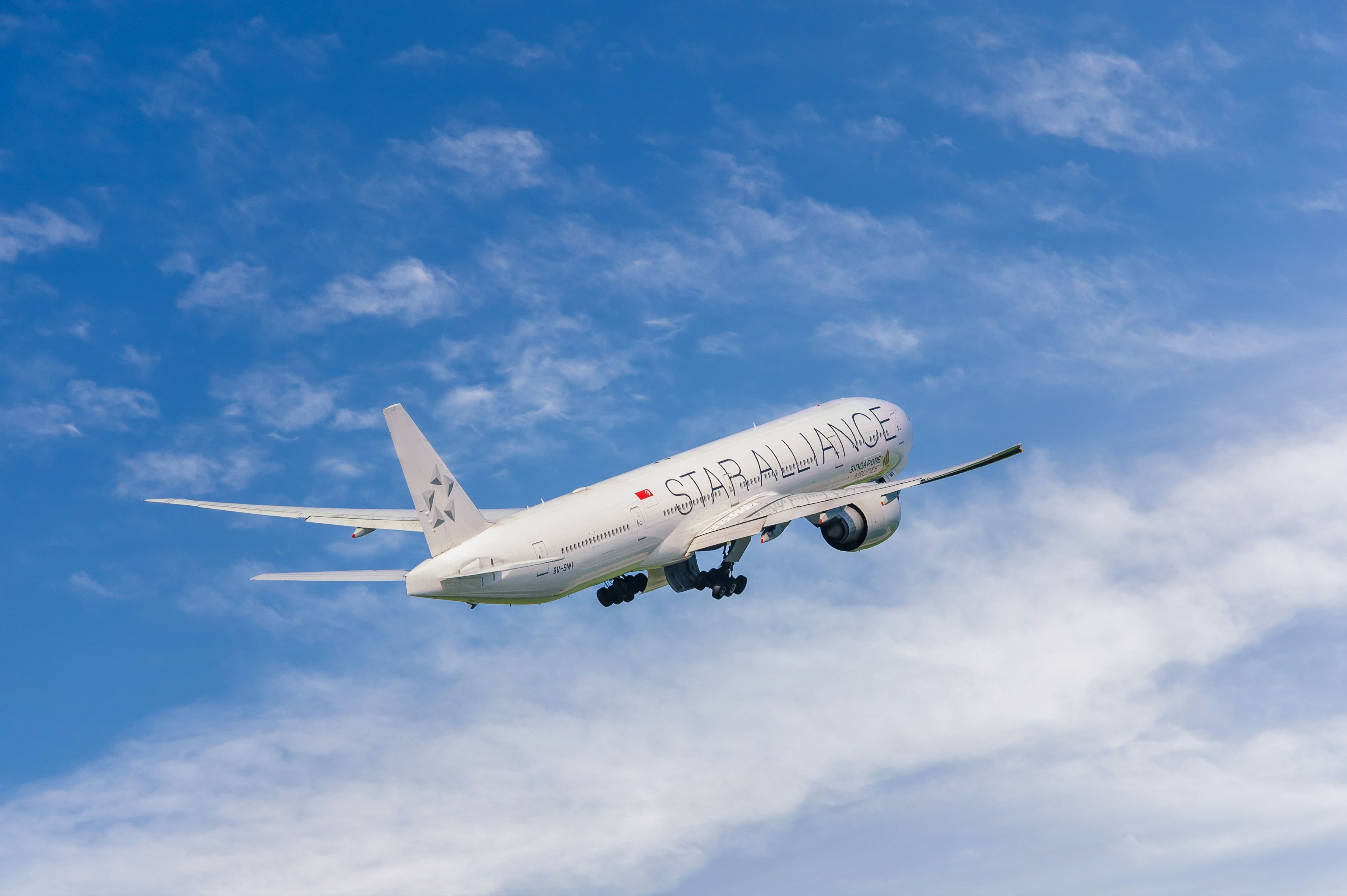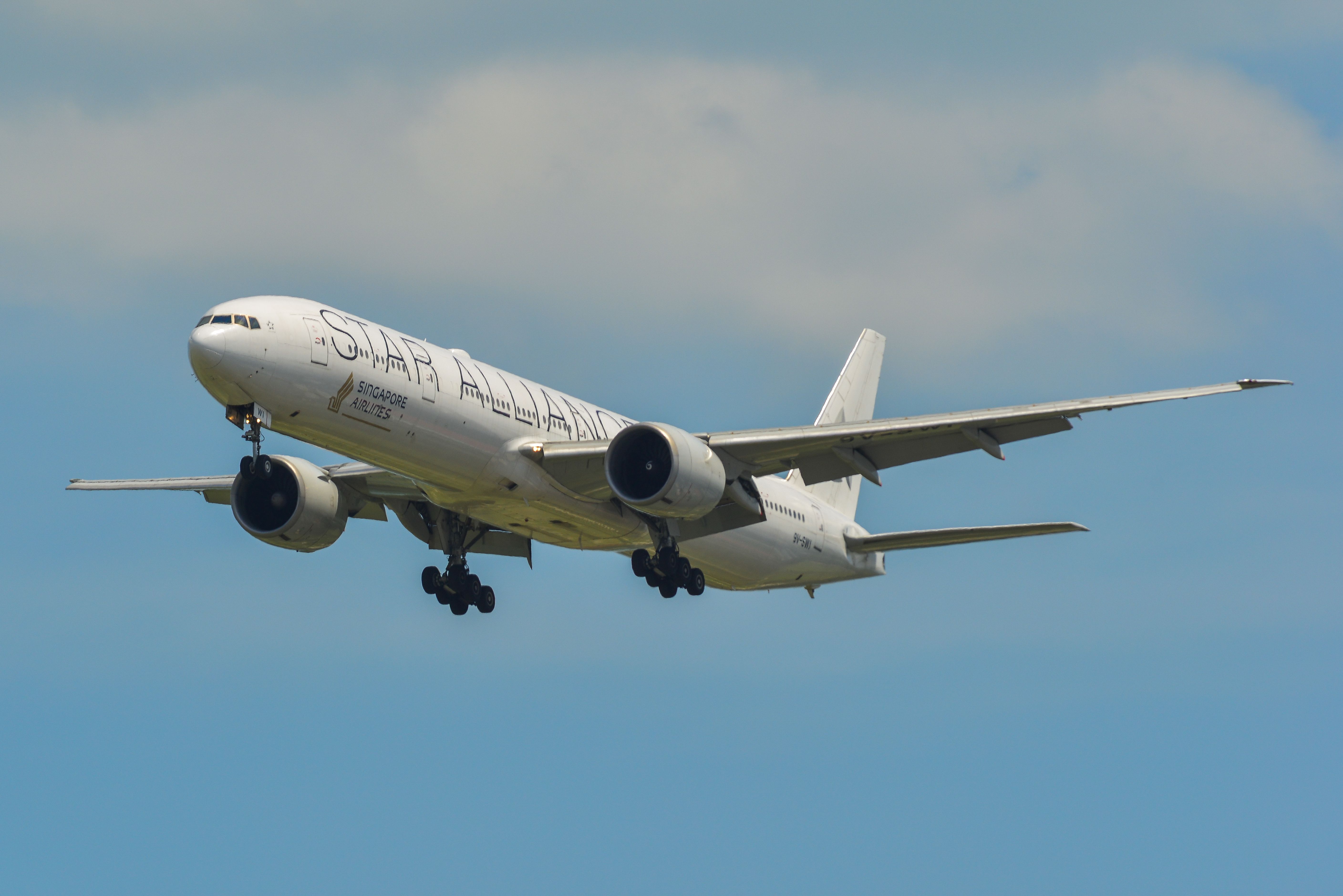Singapore Airlines is working on settling claims from the infamous Flight SQ321, which left one passenger dead and several others injured after encountering severe turbulence. According to a lawyer dealing with the matter, the airline has invited passengers to apply for payments to cover medical expenses.
Settling passengers’ claims
On May 21, 2024, a ![]() Singapore Airlines
Singapore Airlines
Boeing 777 operating Flight SQ321 from London Heathrow Airport
to Singapore Changi hit severe turbulence while flying over Myanmar’s Irrawaddy Basin.
One passenger died from a suspected heart attack
, while several others suffered minor and severe injuries.
Photo: hodim | Shutterstock
Passengers onboard the flight were entitled to compensation following the incident. As reported by The Standard, Cartner Capner Law Legal Practice Director Peter Carter explained that passengers had been invited to apply for payments to cover medical expenses but are required to sign a final release. He added,
“The true compensation to which passengers are entitled can only be formulated by reference to their permanent impairment that is then projected over their lifetime.”
“Spinal surgeons, neurologists and other medical specialists require patients wait until at least 12 months post-injury before they are prepared to attempt that assessment.”
Nearly a month after the incident, the airline had offered passengers who sustained minor injuries up to $10,000, while those who suffered serious injuries were offered $25,000 to address their immediate needs, which would form part of any final settlement. “Passengers need to know…they are entitled to substantial compensation, not just the expense payments the airline has so far offered,” added Carter.
Could the incident have been avoided?
In addition to the passenger who lost his life, an Australian woman was left paralyzed from the waist down, while six others experienced brain or skull injuries. Passengers and crew with unfastened seatbelts were launched into the ceiling as the aircraft experienced a rapid change in gravitational force and a drop in altitude of about 177 ft (54 m).
Following investigations into the incident, some experts suggest that the turbulence could have been avoided. As reported by the New Zealand Herald, former Qantas Pilot and member of the Australian Air Force Richard Woodward explained to 60 Minutes Australia that the incident was caused by a “terrible miscalculation.”
Photo: Phuong D. Nguyen | Shutterstock
Radar images from May 21 showed other aircraft diverting, but the Singapore Airlines flight continued on the same path. The images indicated a large area of thunderstorm activity developing, which the Boeing 777 flew into.
The seatbelt signs reportedly came on about eight seconds before the first drop in altitude
. Richard Woodward said,
“The airplane falls effectively falls 178ft, which puts everyone who’s not strapped in on the roof in the back of the airplane, and you pin there while the airplane’s falling, but within a couple of seconds, it goes back to positive G-force, and you bang back down to whatever’s below you – seat backs, seats, floor, you name it, whack – it’s all over in 4.6 seconds.”
Woodward added that the pilots
could have underestimated the strength of the storm
. While initial media reports claimed that the flight encountered
clear air turbulence
, Woodward said this type of turbulence does not typically occur in Myanmar. The airline has not explained why the flight crew did not divert, which has been deemed a “profound question.”



